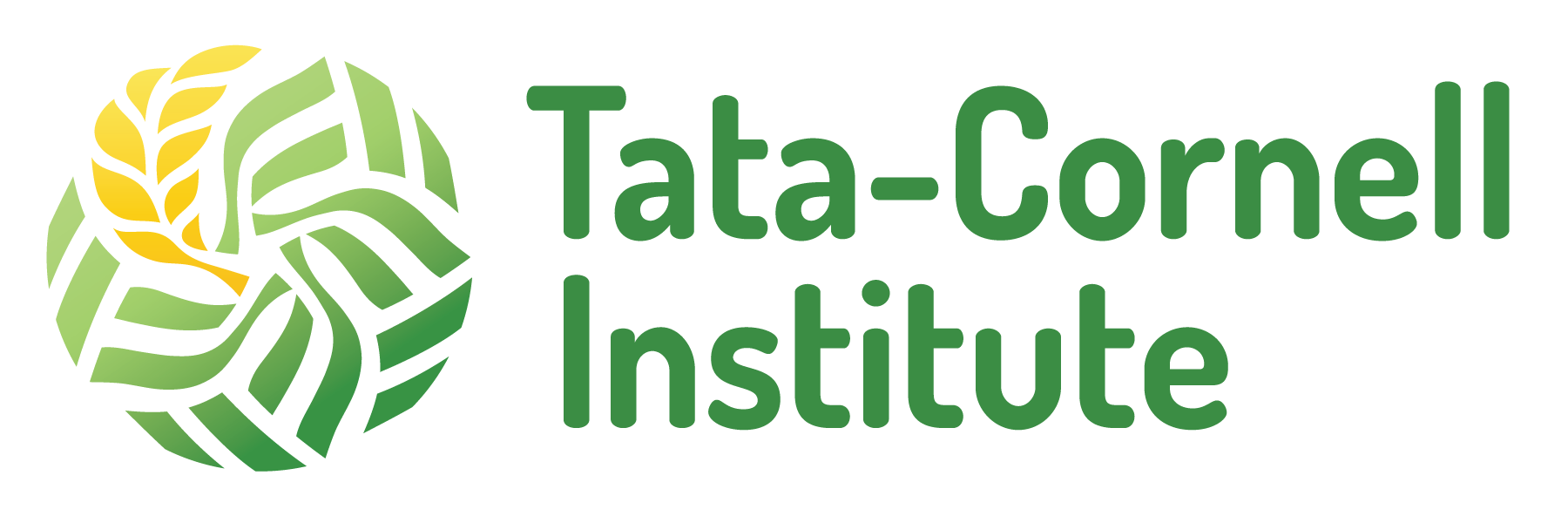In Vitro Digestion Methods to Estimate Forage Quality and Applied Research on Goat Feeding Systems in Odisha, India
Abstract
Measuring forage quality reliably in the laboratory and field is of crucial importance because livestock nutrition is a defining component of system productivity and accounts for a substantial portion of system costs. This dissertation explores both aspects of forage quality estimation with one chapter investigating laboratory methods to estimate forage quality and two chapters that delve into primary collection of forage quality data during a feeding trial in rural India. The objective of Chapter 2 is to compare in vitro long digestion methods and rates of digestion for a varied selection of diverse forages from both temperate and tropical climates. The conventional flask method with a pore size of 2.5 µm was compared with ANKOM F57 that has a pore size of 25 µm and ANKOM F58 bags that had an 8-10 µm pore size for in vitro long digestions that last 240 hours. Method pore size was highly correlated with undigested fiber at 240 hours. Chapters 3 and 4 present data from a research project undertaken between May and December 2016 in Odisha, India. There was one main project with multiple research questions that are detailed in two chapters of this dissertation. The first objective of the project was to explore how goat management decisions impact animal health and the environment. Results found that the metabolizable energy of pasture forages was low, and there was a high proportion of non-native species. Goats graze repeatedly in the same grazing areas, which was exacerbating land management concerns already complicated by deforestation and conversion to agricultural purposes. The second objective, detailed in Chapter 4, was to research the impact of goat intensification through semi-stall-fed production on goat health, kid survival, and farmer adoption interest. Kid survivability was 4.26 times greater in the semi-stall-fed group than in the control group. Kid mortality decreased by 22.5% in the supplemented group (9.1%) compared to the control group. Sixty-three percent of participating farmers were interested to supplement their goats after the project’s conclusion.

